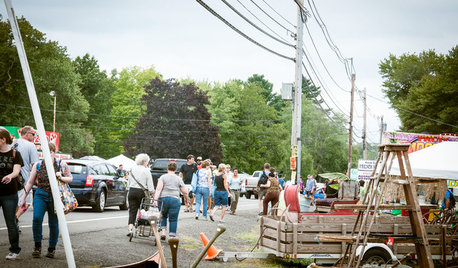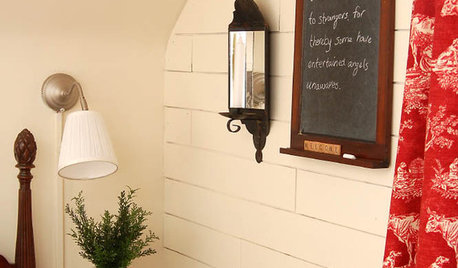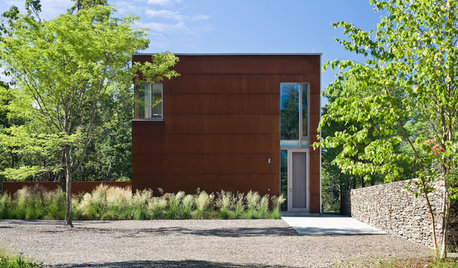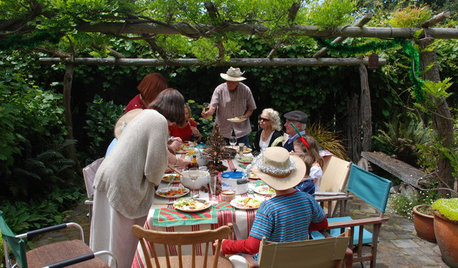What Happened?
andtheswan
14 years ago
Related Stories

GARDENING GUIDESGot Frost-Damaged Plants? How It Happens, and When and How to Prune
Crispy brown leaves are a sure sign that Jack Frost has been to your neighborhood
Full Story
EVENTSHappening Now: The Brimfield Antique Show
Take a peek at the largest outdoor antiques show in the United States
Full Story
Happening: David Stark's Wood Shop for Haus
David Stark creates pop-up 'workshop' in Manhattan
Full Story
DECORATING GUIDESHouzz Call: Share Your 'Happy Accidents'
If any of your home decorating successes have happened by chance, we'd like to hear about it
Full Story
ARCHITECTUREDiscover the Real Meeting Grounds of Architecture
Do smooth transitions or stark contrasts define your home? Hone its architectural style by understanding what happens at the intersections
Full Story
HOLIDAYSPeek in on a Traditional Christmas — in a Summery Garden
Turkey and plum pudding grace this family's holiday table, but it happens to be set smack dab in a lush New Zealand garden
Full Story
LIFETrue Confessions of a House Stalker
Letting go when a new owner dares to change a beloved house's look can be downright difficult. Has this ever happened to you?
Full Story
HEALTHY HOMEHow to Keep Water Vapor From Ruining Your House and Your Health
We help you find out when it’s happening, what it means and how to fix it
Full Story
LIFEWorld of Design: See How 7 Families Live in Multigenerational Homes
What happens when three or more generations live within shouting distance of one another? More hugging than shouting, actually
Full Story






georgia-rose
gardengal48 (PNW Z8/9)
Related Professionals
Garden City Landscape Architects & Landscape Designers · Wilmington Landscape Contractors · Avocado Heights Landscape Contractors · Brockton Landscape Contractors · Centereach Landscape Contractors · Coeur d'Alene Landscape Contractors · Deerfield Beach Landscape Contractors · Lakewood Landscape Contractors · Midland Landscape Contractors · Northbridge Landscape Contractors · Old Saybrook Landscape Contractors · Kingsburg Landscape Contractors · Littleton Siding & Exteriors · Perth Amboy Siding & Exteriors · Thornton Siding & Exteriors